| Exports to the EU market are flourishing. Germany is Vietnam's second largest trading partner in the EU market. |
High utilization rate of C/O
As one of the main export products to the EU, coffee exporting enterprises are currently striving to improve product quality to conquer the market. Mr. Phan Minh Thong - Chairman of the Board of Directors of Phuc Sinh Group shared that the EU is Phuc Sinh's largest market, accounting for 45-55% of the enterprise's total revenue. In order to take advantage of incentives from EVFTA, many Vietnamese enterprises, including Phuc Sinh, have increased investment in the processing of roasted coffee, instant coffee and 3-in-1 coffee for export to the EU market.
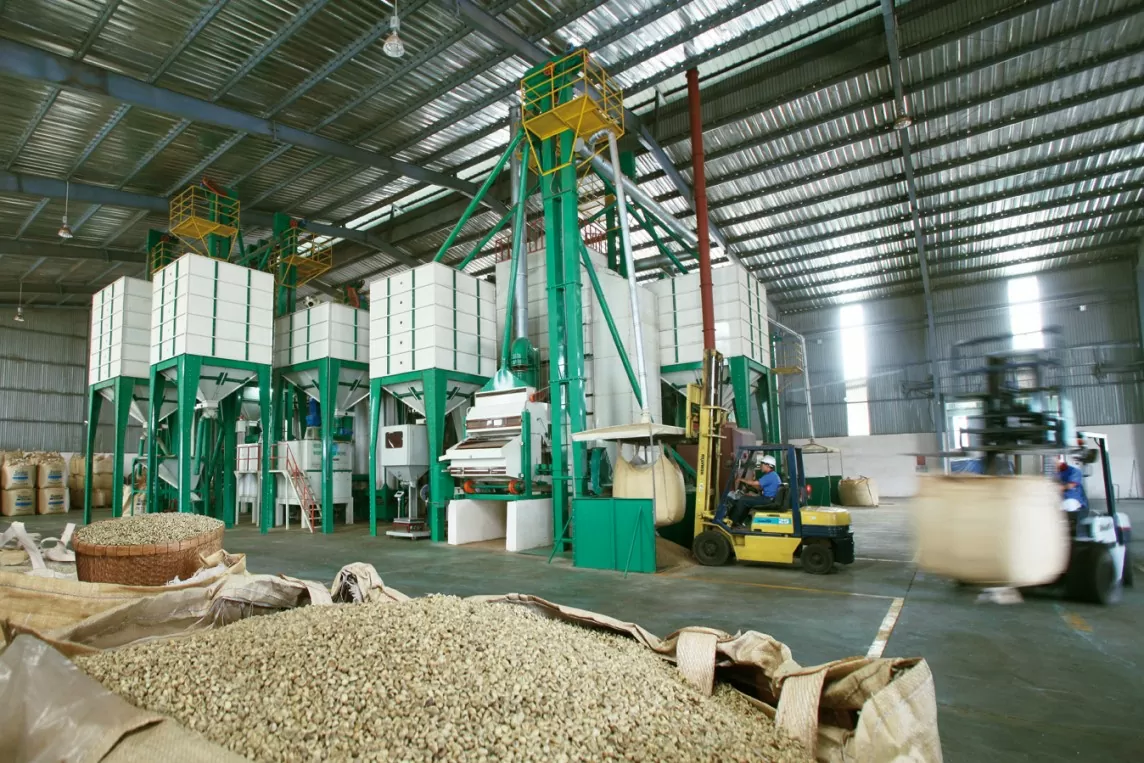 |
| The EU is one of the largest markets for Vietnamese coffee (Photo: Phuc Sinh Group) |
Coffee is one of the products that has effectively taken advantage of the EVFTA Agreement to increase export turnover. According to the Import-Export Department - Ministry of Industry and Trade , the EVFTA Agreement has been effective for Vietnam since August 1, 2020. In recent times, it has helped Vietnamese goods take advantage of opportunities to access and penetrate the EU market, improve competitiveness through tariff incentives, and enjoy preferential tax rates from the Agreement.
According to the latest statistics of the Import-Export Department, in 2023, the rate of using Certificate of Origin (C/O) form EUR.1 will be 35.2% of export turnover, equivalent to the export turnover using C/O of 15.4 billion USD, an increase of 26.1% compared to 2022.
Some product groups have a very good rate of using preferential C/O form EUR.1 such as seafood (89.2%), vegetables and fruits (88.3%), rice (fully utilizing the quota of 80,000 tons of EU rice for Vietnam every year). Footwear - one of Vietnam's main export products to the EU market with an export turnover of 4.8 billion USD, has a rate of granting preferential C/O form EUR.1 of up to nearly 100%.
In the first quarter of 2024, the rate of using EUR.1 form C/O is 34.3%. The above results show that EVFTA has initially brought into play the effectiveness of a substantive and highly anticipated Agreement, but this is still an Agreement with much room for exploitation.
To take advantage of the space created by the EVFTA, in recent times, Vietnam has made efforts to negotiate with the EU to unify the understanding of specific criteria for products in a way that is consistent with modern production practices, creating favorable conditions for export enterprises (such as textiles). Regarding rice quotas, the Ministry of Industry and Trade is coordinating with the Ministry of Agriculture and Rural Development to negotiate amendments to the list of rice varieties to be consistent with the current strengths of Vietnam's rice varieties (such as ST 24 rice, ST 25 rice), replacing DT8 and OM5451 rice varieties.
Regarding the implementation of the field of origin of goods and dissemination of support for businesses to effectively utilize the EVFTA Agreement in the field of origin of goods, recently, the Import-Export Department has presided over and coordinated with relevant functional units such as the Department of European - American Markets, the Department of Multilateral Trade Policy, the Department of Trade Remedies, and the Department of Legal Affairs to deploy specific solutions.
Promulgating Circular No. 11/2020/TT-BCT dated June 15, 2020 of the Minister of Industry and Trade regulating the Rules of Origin of Goods in the Free Trade Agreement between Vietnam and the European Union, amended and supplemented by Circular No. 41/2022/TT-BCT dated December 30, 2022, internalizing commitments on origin of goods in the EVFTA.
At the same time, closely coordinate with Vietnamese trade agencies in the EU region to facilitate Vietnamese exports to the EU market to meet the regulatory commitments and origin criteria in the EVFTA.
The Ministry of Industry and Trade also promptly addresses difficulties and problems of Vietnamese enterprises and import partner enterprises in the field of origin of goods in particular and the field of import and export in general. Regularly organizes conferences and seminars with localities, export industry associations, enterprises, etc. to inform Vietnamese export enterprises to properly implement regulations on origin of goods, take advantage of tariff incentives, and warn about fraud of origin of goods.
What solutions to make the most of EVFTA?
The EU is a market area that applies very high standards to imported products, but at the same time, this is also a market area with a lot of room for development for Vietnam's export products. In the coming time, to maximize the efficiency brought by the EVFTA Agreement and exploit all commitments related to the origin of goods, in parallel with early warning of the risk of violations of goods origin fraud, the Import-Export Department will coordinate with functional units in the Ministry of Industry and Trade and the Vietnam Trade Office in the EU to deploy a number of solutions.
Specifically, continue to coordinate and review with the EU the contents of commitments in the Agreement and update and adjust accordingly the legal documents to internalize the commitments in the Agreement.
In addition, closely monitor the market to promptly provide information to management agencies when there are unusual signs of fraud in the origin of goods, to avoid domestic production and export industries being implicated and affected by trade defense measures in import markets.
At the same time, closely monitor the business performance of enterprises as well as trade relations between Vietnam and its partners to consider negotiation contents related to the origin of goods for Vietnam's export products.
In addition, continue to negotiate the implementation of the content of the Chapter on Rules of Origin of Goods with the EU side to create favorable conditions for Vietnamese enterprises to negotiate (such as the content on cumulation of origin, flexible limits applied to textile products, etc.).
The Import-Export Department emphasized that in order to increase the export of goods to the EU, trade agencies need to continue to support businesses in terms of market information, consumption needs, regulations, standards, and rules of origin of goods of each specific market so that exporters can proactively develop plans and approaches to the market to promote the export of goods enjoying tariff preferences to the EU.
In the coming time, the Import-Export Department will continue to closely coordinate with the functional agencies in the Ministry and the Trade Offices in the EU region to promptly resolve problems regarding the granting of tariff preferences, the time for considering the granting of preferences, and the prevention of origin fraud. At the same time, it will strengthen the propaganda and dissemination of new regulations and updates on the rules of origin that export goods need to meet to enjoy tariff preferences, contributing to increasing the rate of utilizing preferential C/O of the EVFTA Agreement.
Source: https://congthuong.vn/tan-dung-hieu-qua-co-khoi-mo-cao-toc-dan-vao-thi-truong-eu-333322.html




![[Photo] President Luong Cuong holds talks with South African President Matamela Cyril Ramaphosa](https://vphoto.vietnam.vn/thumb/1200x675/vietnam/resource/IMAGE/2025/10/23/1761221878741_ndo_br_1-8416-jpg.webp)
![[Photo] Prime Minister Pham Minh Chinh meets with South African President Matamela Cyril Ramaphosa](https://vphoto.vietnam.vn/thumb/1200x675/vietnam/resource/IMAGE/2025/10/23/1761226081024_dsc-9845-jpg.webp)
![[Photo] Prime Minister Pham Minh Chinh chairs meeting on railway projects](https://vphoto.vietnam.vn/thumb/1200x675/vietnam/resource/IMAGE/2025/10/23/1761206277171_dsc-9703-jpg.webp)
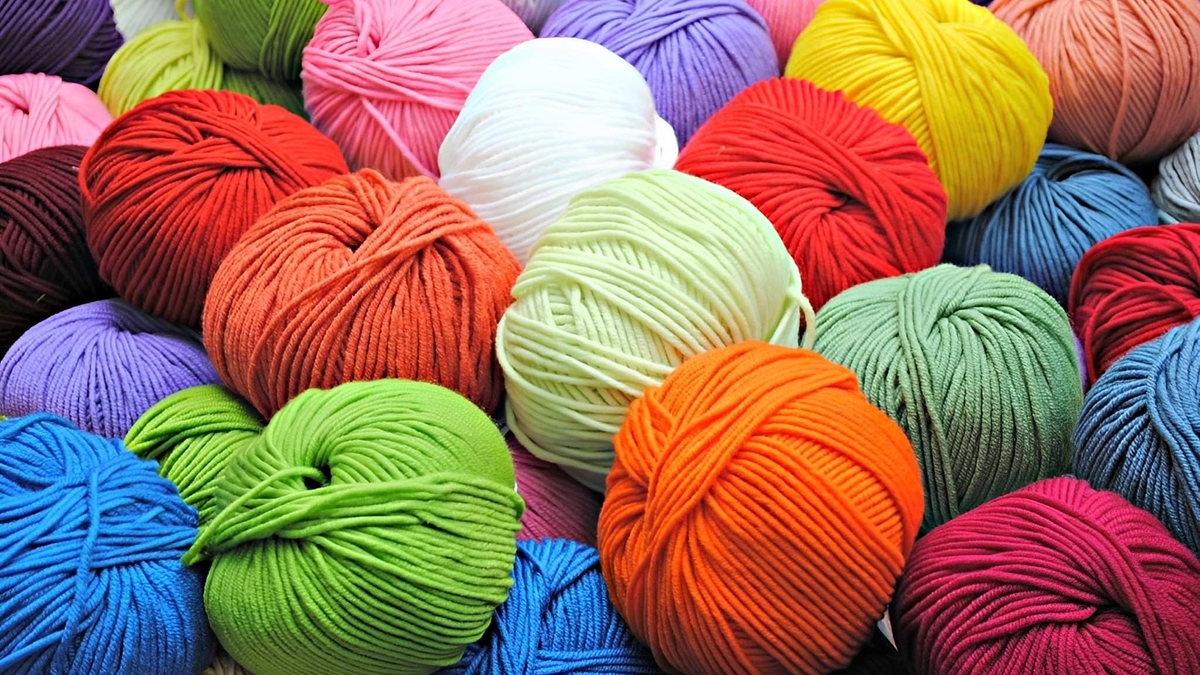
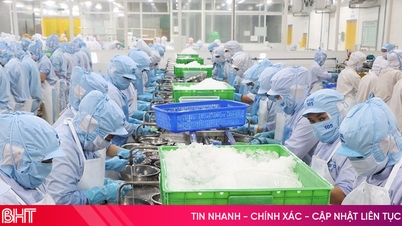

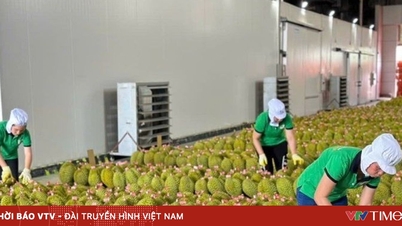

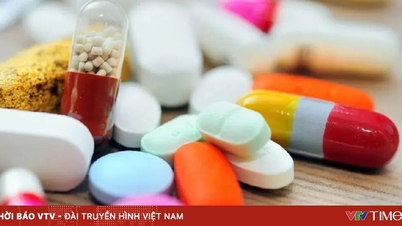
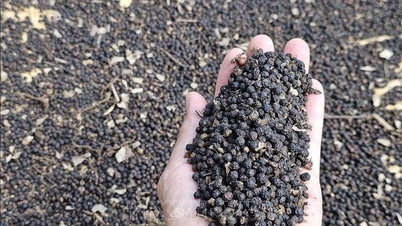



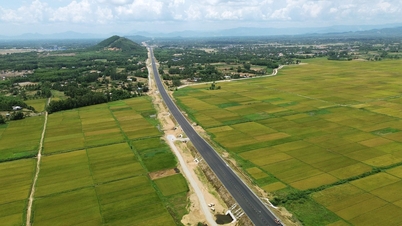
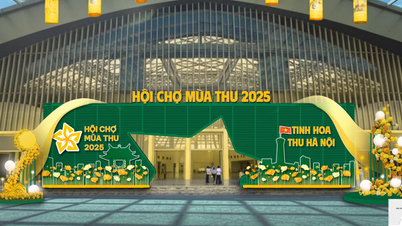
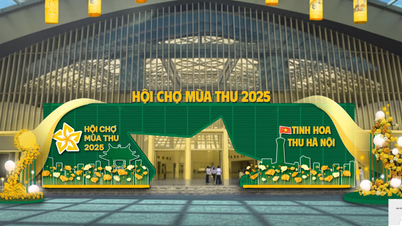
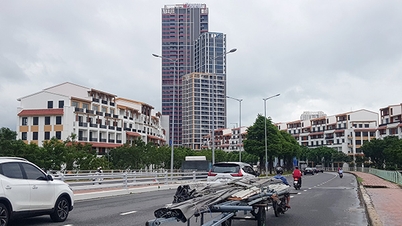

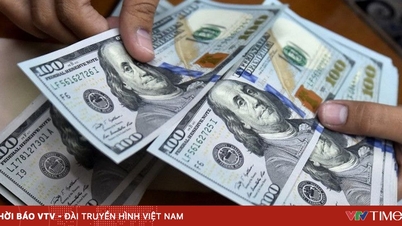
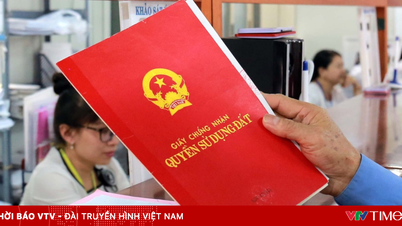




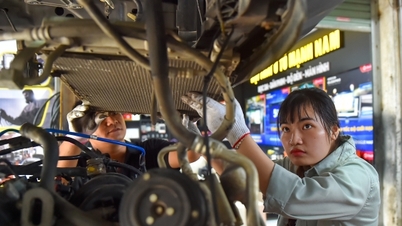
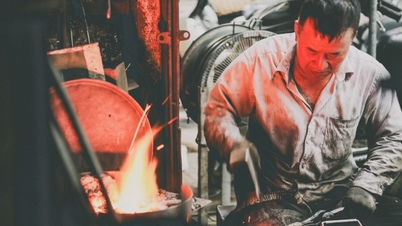



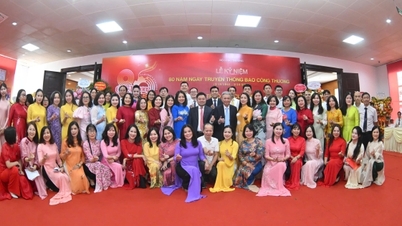
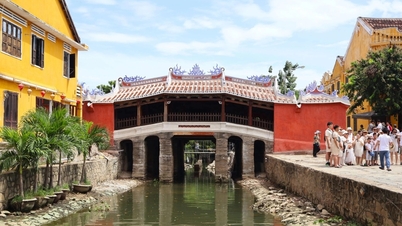



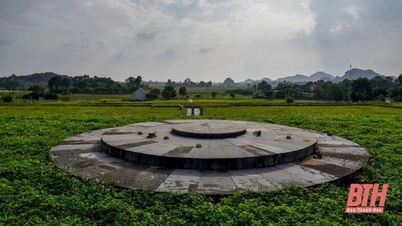





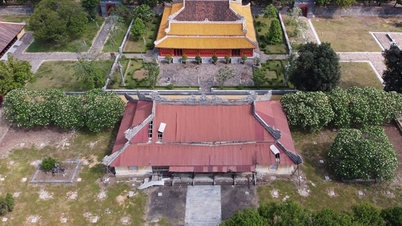
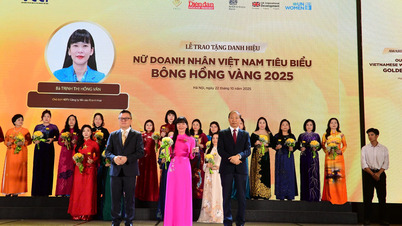

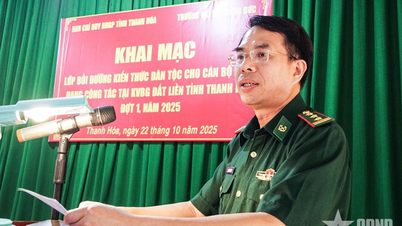

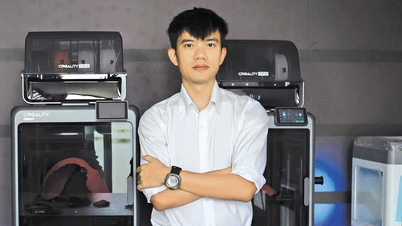

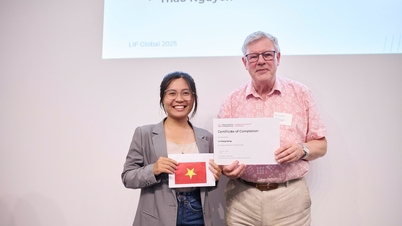

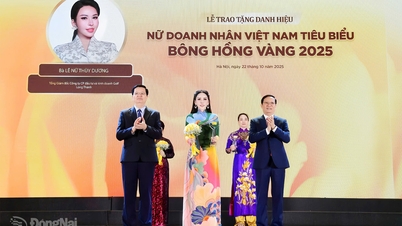

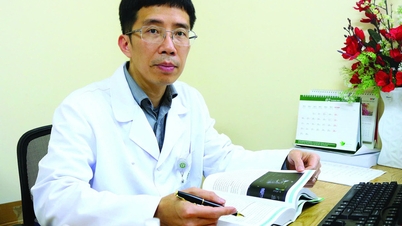

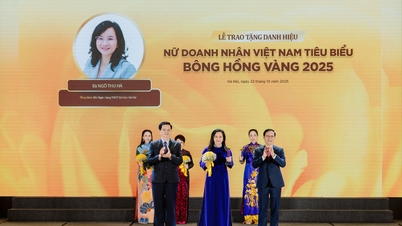

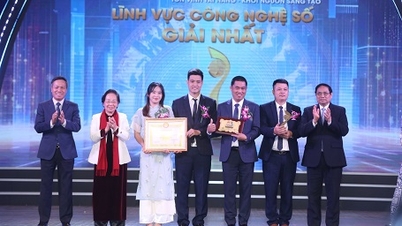
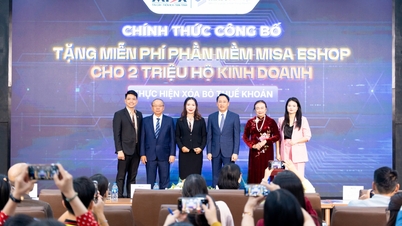

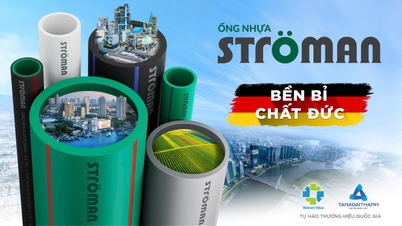
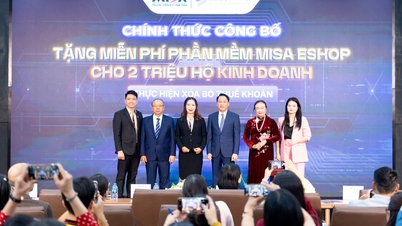
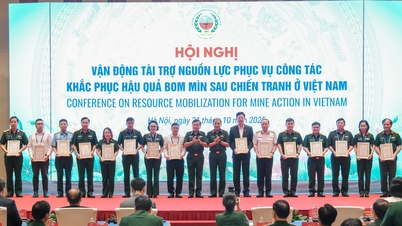








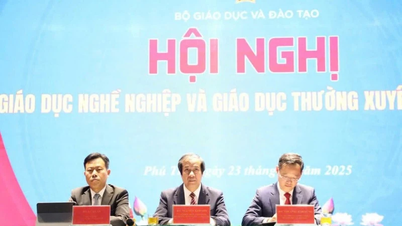

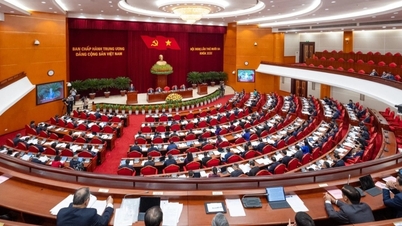

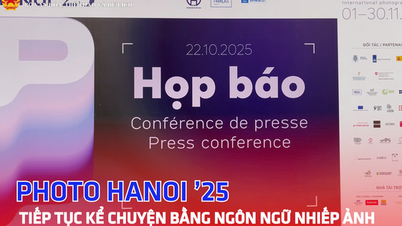


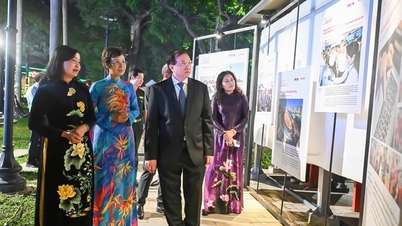
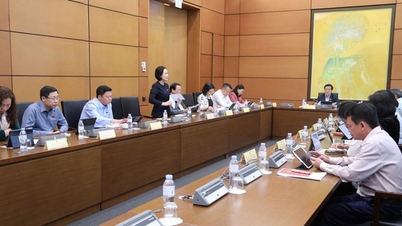
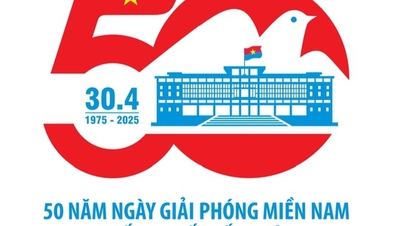
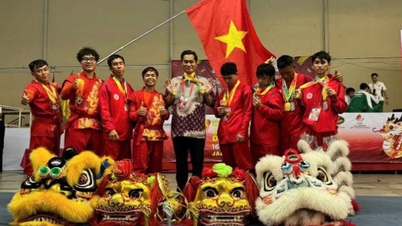
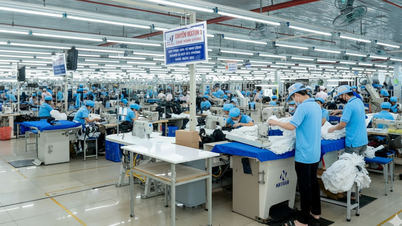

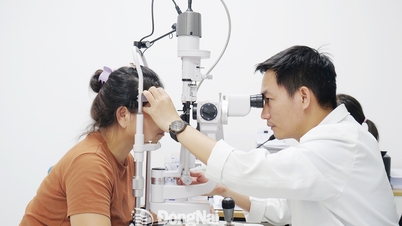
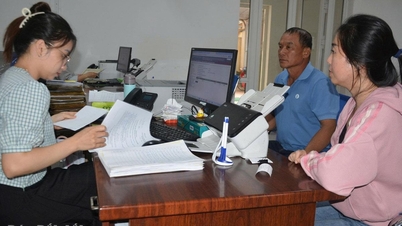

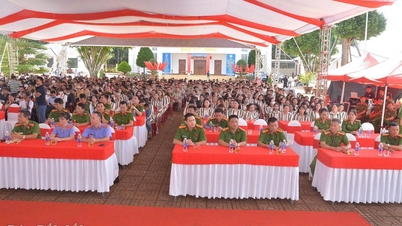
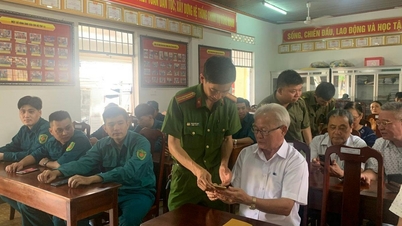
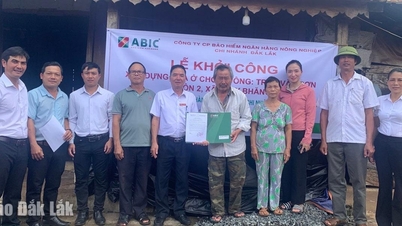















Comment (0)